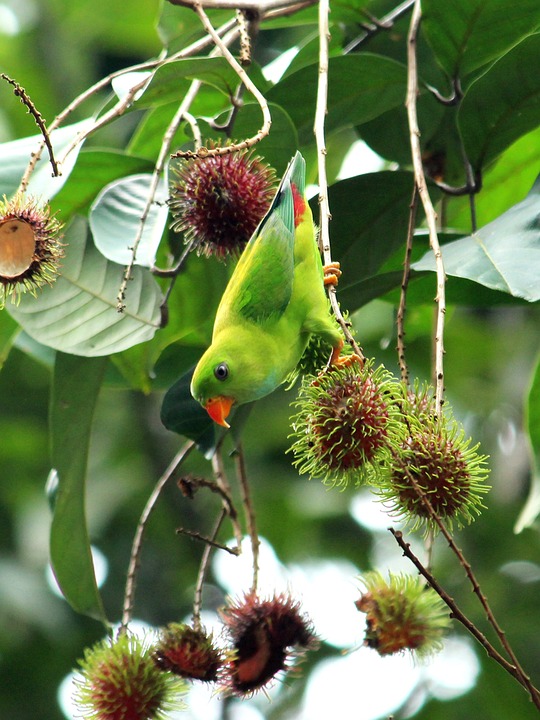Parrot training requires patience, consistency, and a distraction-free environment. However, parrots are naturally curious creatures and can easily become distracted during training sessions. To ensure successful training sessions, it’s crucial to minimize distractions and keep your parrot focused on the task at hand. In this article, we will discuss effective methods to discourage parrots from getting distracted during training.
1. Create a Quiet and Calm Training Environment
Parrots are highly sensitive to their surroundings and can easily be distracted by loud noises or sudden movements. To create a distraction-free training environment, choose a quiet room in your home where your parrot feels comfortable and secure. Close windows and doors to minimize outside noise and dim the lights to create a calm atmosphere.
2. Remove Potential Distractions
Before starting a training session, ensure that there are no potential distractions within your parrot’s view. Remove toys, mirrors, or any other objects that might draw their attention away from training. It’s important to create a clean and clutter-free training area to maintain your parrot’s focus.
3. Train in Short, Intensive Sessions
Parrots have short attention spans, so it’s essential to keep training sessions brief and engaging. Aim for 5-10 minute sessions, focusing on one specific behavior or command at a time. Shorter sessions help prevent boredom and increase the likelihood of success. Gradually increase the duration of the training sessions as your parrot becomes more experienced and focused.
4. Utilize Positive Reinforcement
Positive reinforcement is a highly effective training technique for parrots. Reward your parrot with treats, verbal praise, or a favorite toy when they successfully perform the desired behavior. By associating positive experiences with training, your parrot will be motivated to stay focused and engaged. Consistency and repetition are key to reinforcing positive behaviors.
5. Introduce Training in Familiar Environments
Parrots tend to feel more comfortable and less distracted in familiar environments. Start training sessions in your parrot’s cage or a designated training area where they spend a significant amount of time. As your parrot becomes more accustomed to training, gradually introduce training in different locations to improve their ability to focus in various environments.
6. Use Clicker Training
Clicker training is a popular method used to train parrots. By using a clicker, you can mark the exact moment your parrot performs the desired behavior, followed by an immediate reward. The clicker acts as a clear and consistent signal, helping your parrot understand what behavior is being rewarded. Clicker training enhances focus and minimizes distractions during training sessions.
FAQs
Q: My parrot seems to get easily distracted by outside noises. How can I minimize this distraction?
A: If your parrot is sensitive to outside noises, consider using white noise machines or playing gentle music to mask the sounds. Additionally, you can use curtains or blinds to partially block the view outside. Gradually expose your parrot to these noises in a controlled manner to help desensitize them.
Q: My parrot loses interest quickly during training sessions. What can I do to keep them engaged?
A: To keep your parrot engaged, vary the training activities and use a mix of rewards. Incorporate their favorite treats, toys, or activities that they enjoy. By keeping the training sessions interactive and exciting, your parrot will be more motivated to stay focused.
Q: Are there any specific breeds of parrots that are more easily distracted during training?
A: While individual personalities and experiences play a significant role in a parrot’s ability to focus, some parrot species might be more prone to distractions. For example, highly intelligent and active parrots like African Greys or Macaws may require additional effort to maintain focus during training sessions. However, with consistent training and proper techniques, any parrot can overcome distractions and learn effectively.
Remember, successful parrot training requires patience and understanding. By creating a distraction-free environment, utilizing positive reinforcement, and keeping training sessions short and engaging, you can discourage your parrot from getting distracted and achieve positive training outcomes. Happy training!









